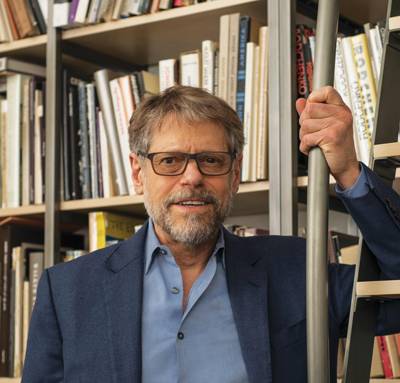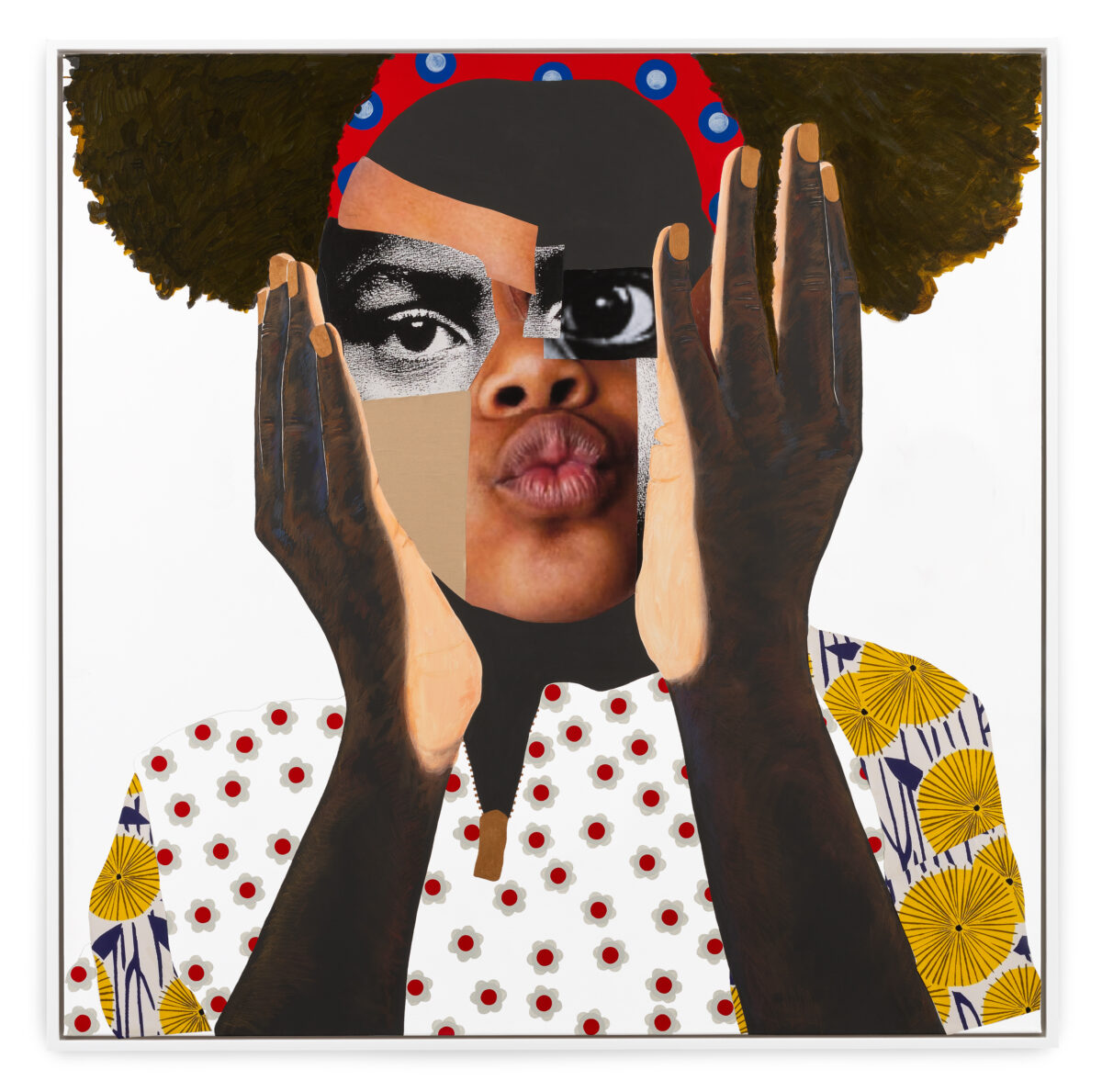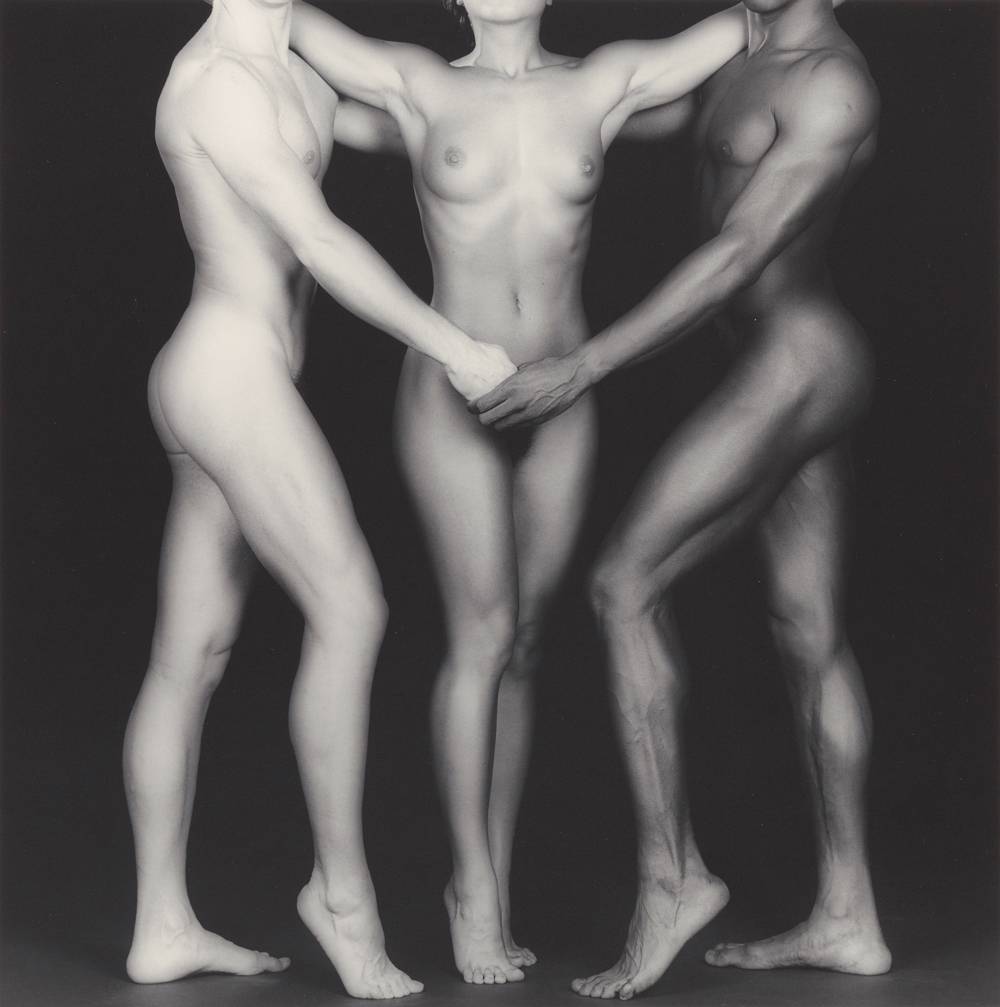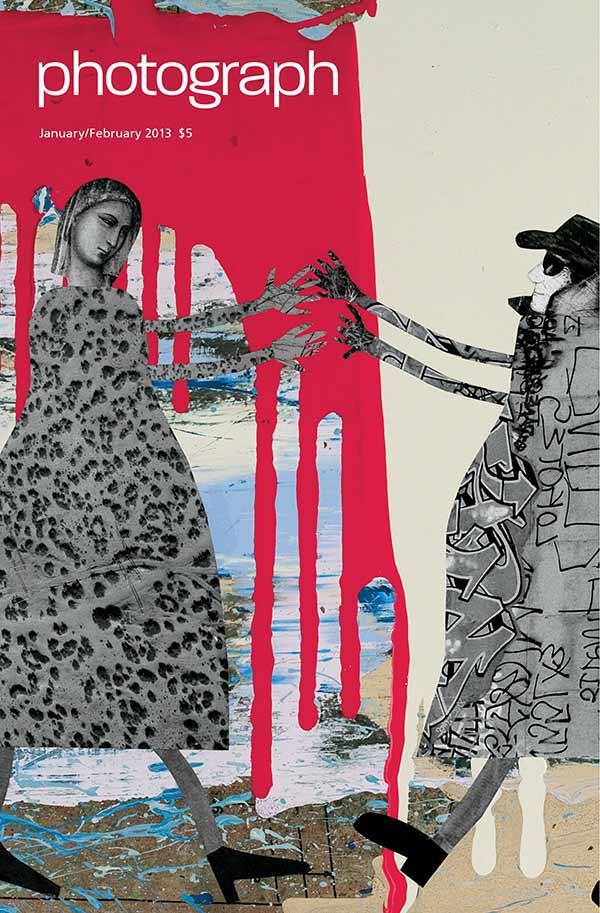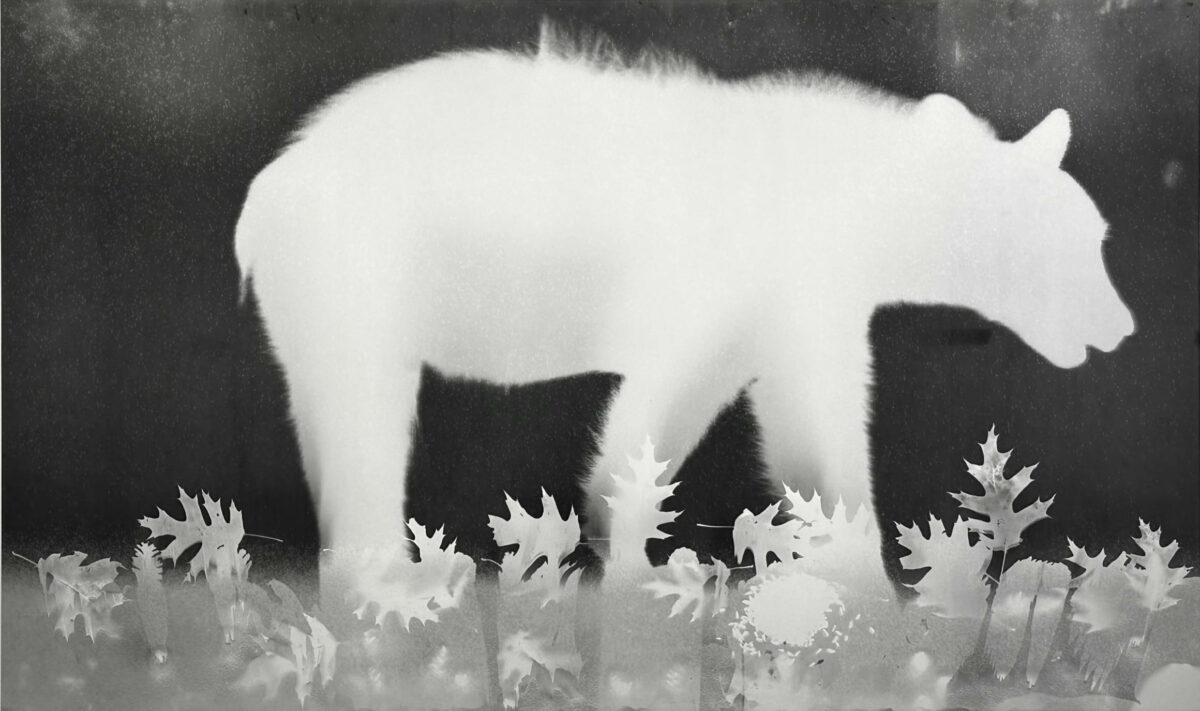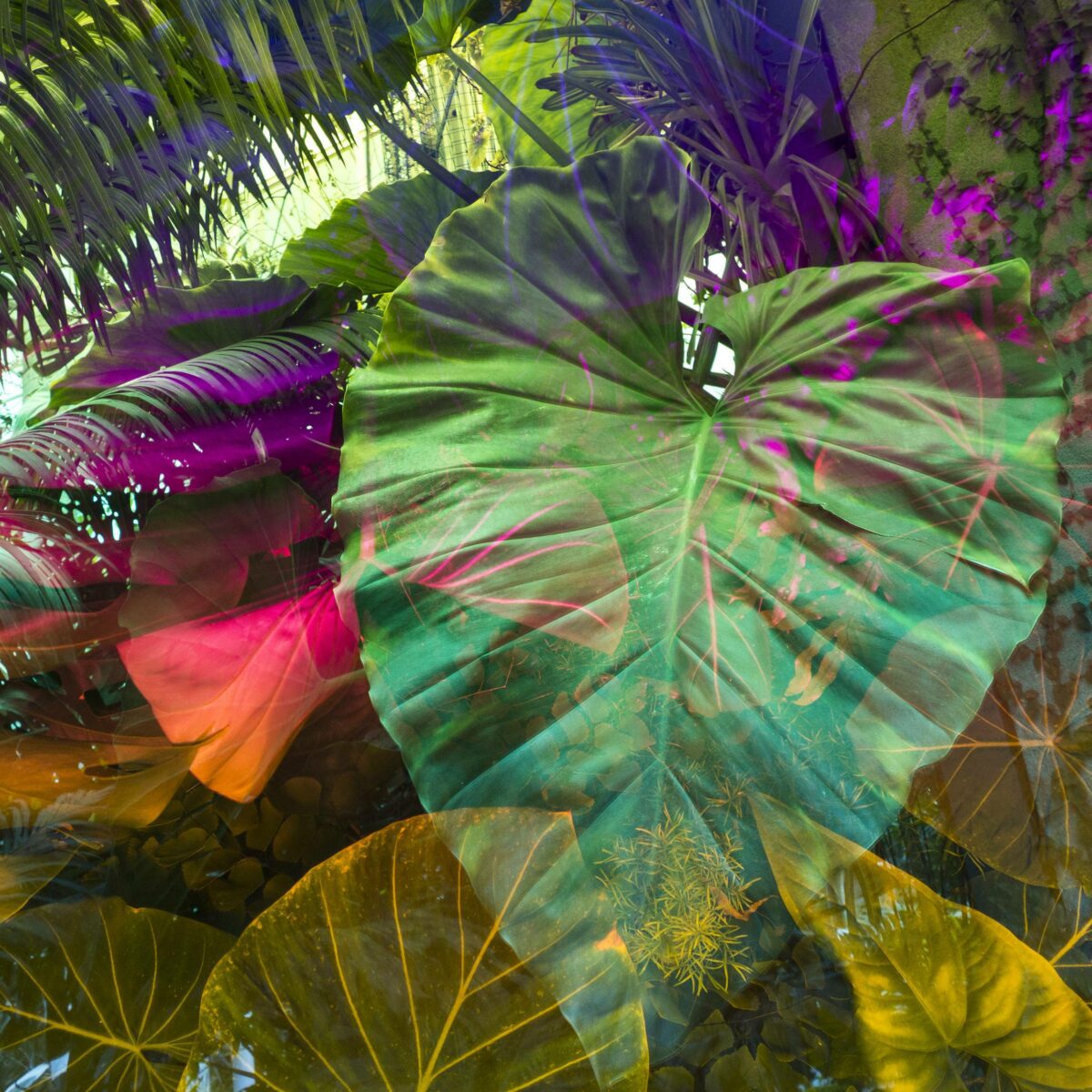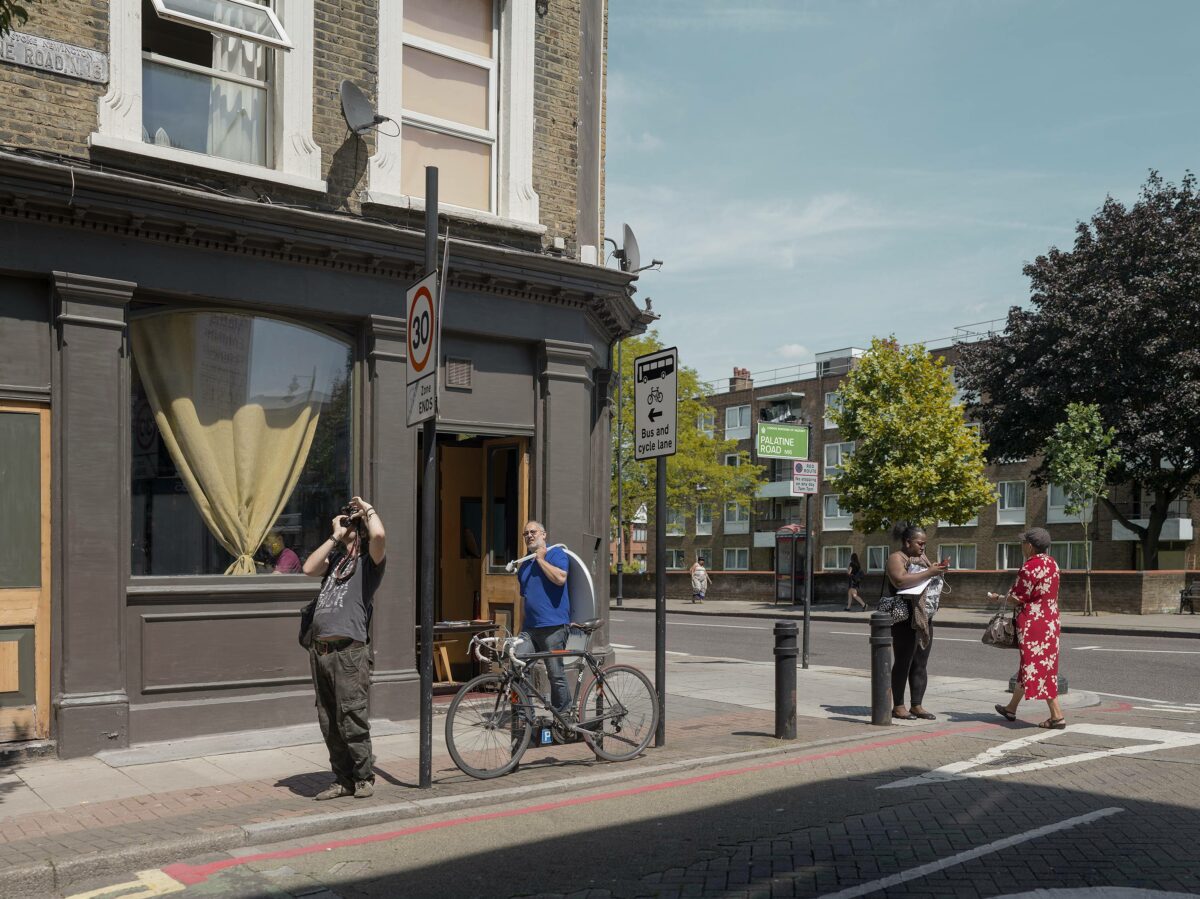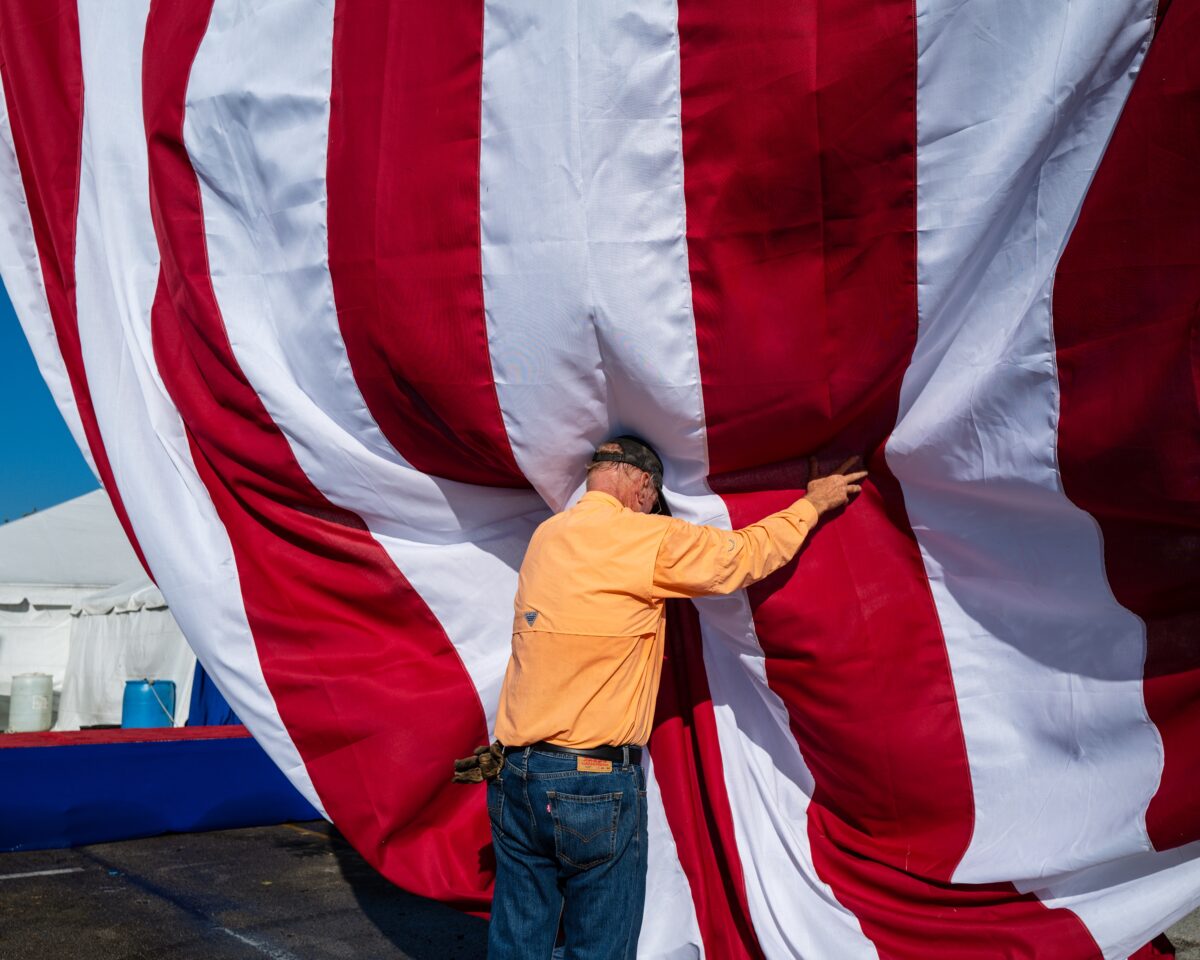From the moment Robert Koch printed his first photogram in summer camp at eight years old, he knew he had found his calling. It was a calling he followed as, years later, he kicked around the wharves of New York City with Photo Leaguers like Lou Bernstein and trawled for deals in Willoughby’s Camera shop. In 1968 he arrived on the West Coast, in time for massive anti-war protests much in tune with his own political activism, and he made his first photography purchase in 1970 – 2,000 small Edward Curtis gravures. “I traded a Navajo blanket for them,” he says. “I had been collecting ethnographic art. The gravures were $3 a piece, and I figured I couldn’t go wrong.”
We could go on (the early London auctions with legendary collectors like Sam Wagstaff, John C. Waddell, and Harry Lund; 15 collecting trips to Russia in the 1990s), but what makes Robert Koch Gallery in San Francisco special isn’t the breadth of Koch’s personal experience, or not only that, but the breadth of its inventory – more than 7,000 photographs spanning the conception of the medium to its present day, all chosen with an eye for material, technical, and conceptual innovation: salt prints by John Beasley Greene; seascapes by Gustave Le Gray; important lesser-known names from Europe between the wars like Imre Kinszki of Hungary and Antoni Arissa of Spain; rare works by Italian Futurists Arturo and Anton Giulio Bragaglia; and contemporary practitioners who aren’t afraid to break ground and challenge the eye, like French artist Lauren Marsolier, whose uncannily life-like color “stills” are actually seamlessly composited digital images. Soon, the gallery will launch a new website that will make much of this inventory searchable online. “I’m an image and information junkie,” says Koch, “I spend a lot of time absorbing information, whether it’s about new artists or new innovations in the medium or about vintage work. If photography is a language, then the best photographs have got to add to that language.”
Koch was born and raised in Northern New Jersey. His mother was an economics professor raised in Latvia who studied medicine before the war; his father was an attorney born and raised in Paterson, N.J. It was his mother who gave him her pre-WWII Zeiss bellows camera and the freedom to explore where his vision would take him. Though he struggled with dyslexia throughout his school years, Koch found refuge in his artistic and creative pursuits. By high school he was proficient in darkroom techniques (he had one in the basement), took photos for school and local newspapers, and avidly pursued his own art. Koch wound up studying architecture at the University of Oklahoma, but he eventually decamped to San Francisco to pursue photography. He settled permanently in the Bay Area in 1968, seriously devoting himself not to making art, but to collecting it. He dealt privately throughout the ‘70s before opening a gallery in 1985. Since 1990, he has been at 49 Geary Street, where he maintains a steady roster of museum-quality shows and an on-site, state-of-the-art archival framing service. “I want to make sure that the work is framed properly so it can be preserved to outlast us,” says. “The only thing limiting us from what we can show is the size of the elevator.”

